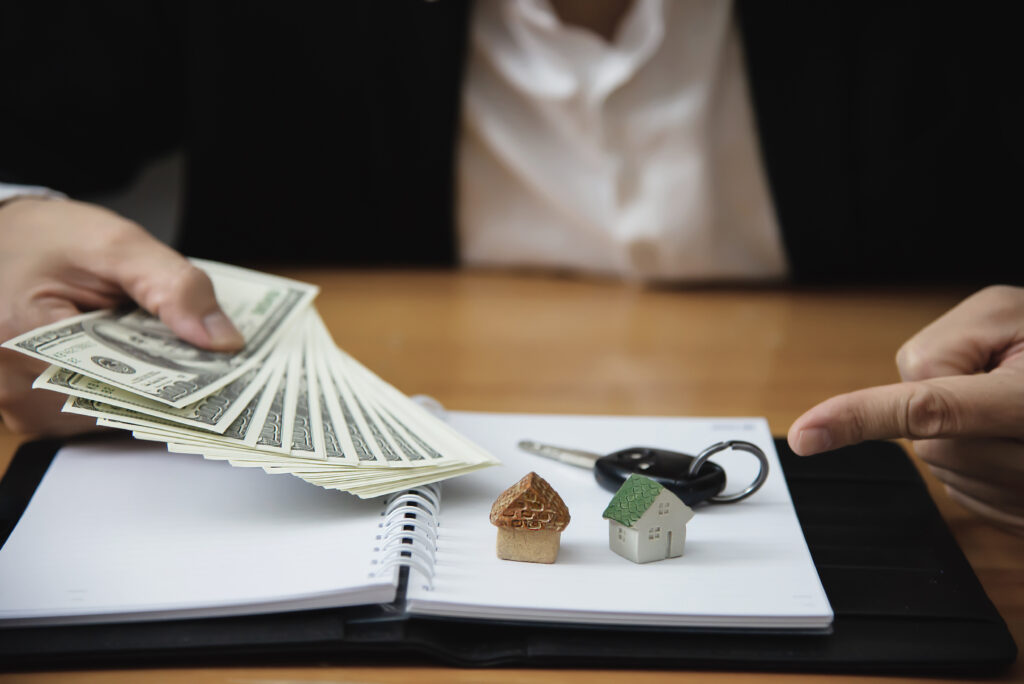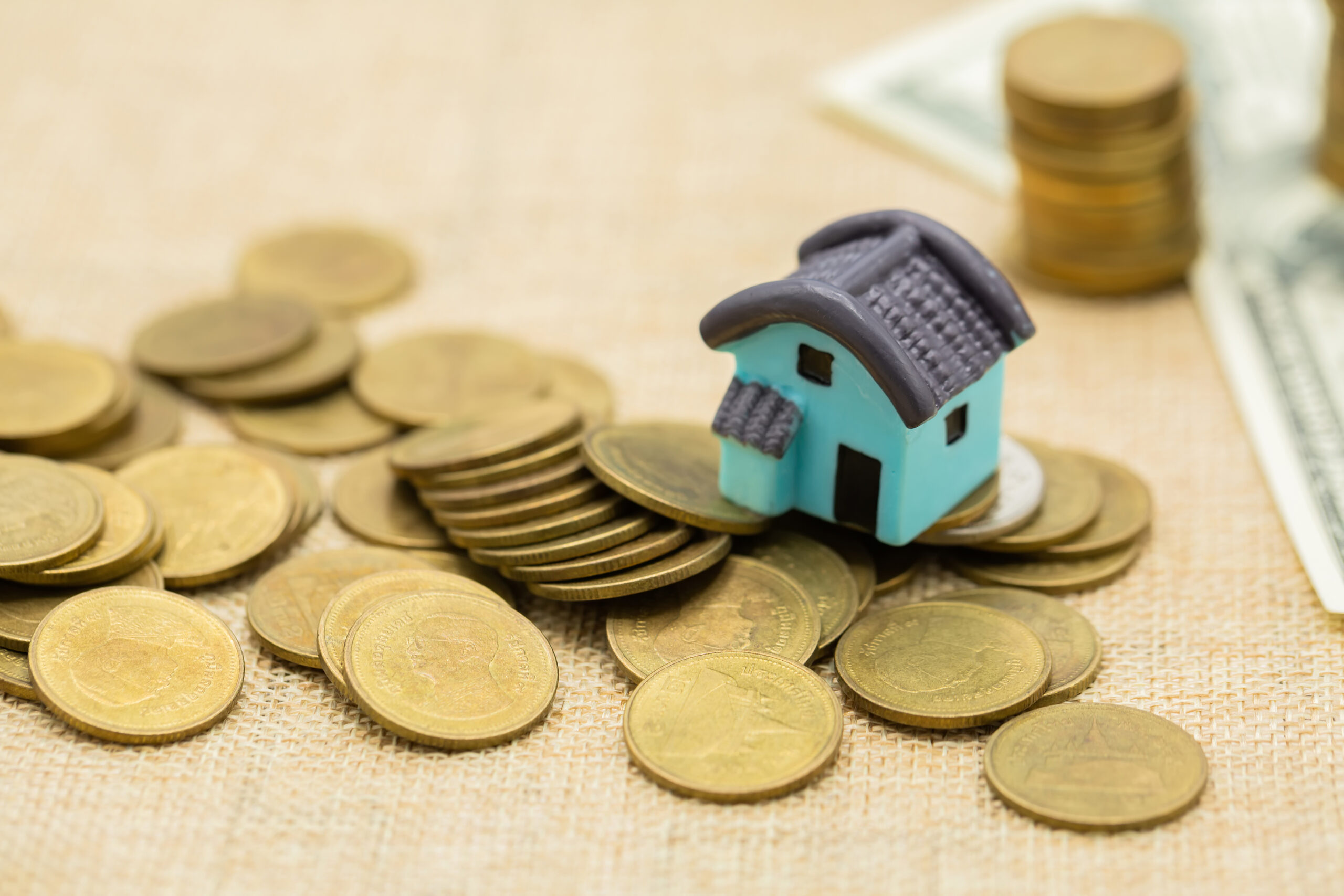A Home Equity Line of Credit (HELOC) can be a powerful tool for homeowners looking to access capital, whether for home improvements, debt consolidation, or other financial goals. However, just as important as knowing how to use the funds is understanding how to manage your HELOC loan repayment plan.
A HELOC loan typically has a unique repayment structure that can differ significantly from other types of loans. Understanding the repayment plans and choosing the right one for your situation is critical to managing your debt effectively and avoiding payment shocks down the line.
In this article, we’ll explore the different HELOC loan repayment plans, their pros and cons, and how to select the right one for your needs. We’ll also cover how to manage the repayment process to ensure that you’re reducing your mortgage balance efficiently and keeping your finances in check.
What is a HELOC Loan and How Does it Work?
A HELOC (Home Equity Line of Credit) is a type of revolving credit that allows homeowners to borrow against the equity they’ve built up in their homes. Unlike traditional loans, which provide a lump sum of money, a HELOC gives you access to a line of credit that you can draw from as needed.
This makes it a flexible borrowing option that works similarly to a credit card, but with the benefit of being secured by your home’s equity.
How Does a HELOC Work?
A HELOC typically consists of two main phases:
- Draw Period: This is the time frame, usually between 5 and 10 years, during which you can borrow funds from your HELOC. During this phase, you typically only make interest-only payments.
- Repayment Period: After the draw period ends, you enter the repayment phase, which can last up to 20 years. During this phase, you must begin repaying both the principal and interest.
This structure allows homeowners flexibility during the draw period, but it’s important to plan for the transition to the repayment period, where your payments may increase significantly.
Smart Homeowners Are Paying Off Their Mortgages Faster
Did you know there’s a little-known strategy that can help you eliminate your mortgage in just 5-7 years—without changing your income or lifestyle? Former mortgage lender reveals how you can turn your home into a financial asset, create passive cash flow, and protect against recessions.
Discover how to turn your mortgage into a wealth-building tool.
Understanding HELOC Repayment Plans

What is a Repayment Plan?
A HELOC repayment plan defines how you’ll repay the amount you’ve borrowed from your line of credit. Since a HELOC operates like a revolving line of credit, repayment can take on various forms, depending on the type of plan you choose. Different repayment plans will affect the size of your monthly payments and the length of time it takes to pay off your loan.
Types of HELOC Repayment Plans
There are several types of repayment plans you can choose from with a HELOC loan, each with its own benefits and considerations. Here are the most common repayment structures:
1. Interest-Only Repayment
In the interest-only repayment plan, you only pay the interest on your HELOC balance during the draw period. This means that you won’t be paying down the principal, but you’ll keep your monthly payments relatively low.
- Advantages:
- Lower monthly payments during the draw period.
- Greater cash flow flexibility, which can be useful if you have irregular income or need to manage other expenses.
- Disadvantages:
- You’re not paying down the principal during the draw period, which means your debt won’t decrease unless you make additional payments toward the principal.
- When the draw period ends, your payments will increase as you start paying both principal and interest, which could cause payment shock.
2. Principal and Interest Repayment
With a principal and interest repayment plan, you pay both the principal and the interest on your HELOC loan from the start. This is more like a traditional mortgage where you’re making consistent payments to reduce both your loan balance and interest.
- Advantages:
- You begin paying down the principal right away, which reduces your balance over time and ultimately saves you money on interest.
- More predictable monthly payments since the payments won’t change significantly over time.
- Disadvantages:
- Higher monthly payments during the draw period because you’re paying both the principal and the interest.
- Less flexibility in cash flow if you experience financial hardship during the draw period.
3. Hybrid Repayment Plan
Some HELOCs offer a hybrid repayment plan, where you begin with interest-only payments during the draw period, but after the draw period ends, you shift to a principal and interest repayment structure. This type of plan can be appealing if you want flexibility in the early years and then prefer the stability of paying down the principal.
- Advantages:
- Allows you to benefit from lower payments in the beginning while offering the opportunity to reduce your loan balance later.
- Gives you more time to pay down the principal when your financial situation improves.
- Disadvantages:
- More complex to manage because the payments change once the draw period ends.
- You could face higher payments when the repayment period starts, depending on the loan balance.
4. Balloon Payment Plan
A balloon payment HELOC is one where you make small payments (either interest-only or principal and interest) throughout the draw period, but then a large lump-sum payment is due at the end of the term. The balloon payment covers the remainder of the loan balance.
- Advantages:
- Small monthly payments during the draw period, which can be appealing if you’re anticipating a large lump sum of money in the future (e.g., selling a property, receiving an inheritance, or another large financial event).
- Disadvantages:
- The risk of having to make a large lump sum payment at the end of the loan term, which could be financially burdensome if you don’t have the funds.
- If you’re unable to make the balloon payment, you may have to refinance or default on the loan.
How to Choose the Right HELOC Repayment Plan for You
Selecting the right repayment plan for your HELOC loan depends on your financial goals, current cash flow, and the overall strategy for paying down debt. Here are some factors to consider when deciding which repayment plan to choose:
1. Loan Amount and Term
The size of your HELOC and how much equity you have in your home can affect which repayment plan makes the most sense. For example:
- If you only need a small amount of credit and plan to pay it off quickly, an interest-only repayment plan may work best.
- If you’re borrowing a larger sum and want to pay down the principal faster, a principal and interest repayment plan might be more appropriate.
2. Interest Rates
Interest rates play a critical role in how much you’ll pay over time. HELOCs typically have variable interest rates, which can change over the loan’s life. A principal and interest repayment plan may be a good option if you’re concerned about rising interest rates and want to reduce your balance faster. If you want flexibility and anticipate a lower future interest rate, an interest-only plan may be more favorable.
3. Cash Flow and Flexibility
If your income fluctuates or you anticipate a period of financial hardship, a HELOC with interest-only repayment might offer the flexibility you need. However, if you prefer predictability and want to pay off the debt as quickly as possible, the principal and interest plan might be a better fit.
4. Future Financial Goals
Consider your long-term financial goals. Are you trying to reduce your mortgage debt faster to own your home outright sooner? In that case, principal and interest repayment might align with your goal. If you plan to invest the money you save by making interest-only payments, the interest-only plan might suit your needs.
The Pros and Cons of Different HELOC Repayment Plans
Pros of Interest-Only Repayment Plans
- Lower Monthly Payments: Allows for smaller, more manageable payments during the draw period.
- Cash Flow Flexibility: Great for homeowners with variable incomes or who need flexibility to manage other expenses.
- Initial Low Costs: Especially helpful if you only need the funds for a short time or want to invest the money elsewhere.
Cons of Interest-Only Repayment Plans
- No Reduction in Principal: You’re not reducing your loan balance, which means you’re not building equity as quickly.
- Payment Shock: When the draw period ends, your payments could increase significantly, which could cause financial stress if you’re not prepared.
- Higher Overall Interest Costs: Since you’re not paying down the principal during the draw period, you could end up paying more interest over the life of the loan.
Pros of Principal and Interest Repayment Plans
- Faster Loan Repayment: Helps you pay down both principal and interest, reducing your loan balance over time.
- Predictable Payments: Payments remain consistent and easy to plan for throughout the term.
- Lower Total Interest: Paying down the principal reduces the amount of interest you’ll pay over the life of the loan.
Cons of Principal and Interest Repayment Plans
- Higher Monthly Payments: Since you’re paying down the principal, your monthly payments will be higher than an interest-only plan.
- Less Flexibility: You’ll need to budget for the higher payments, which may limit your financial flexibility.
Pros of Hybrid Repayment Plans
- Flexible Payments: Offers a combination of flexibility during the draw period and a structured repayment plan for the long term.
- Balanced Approach: Helps homeowners manage fluctuating incomes while reducing the loan balance over time.
Cons of Hybrid Repayment Plans
- Complexity: Payments change, making it harder to budget and plan effectively.
- Higher Payments Later: When the principal payments start, your payments will increase.
Pros of Balloon Payment Plans
- Low Monthly Payments: Offers smaller monthly payments during the term, which can free up cash for other uses.
- Large Final Payment: If you’re expecting a large sum of money in the future, it can be a great way to manage short-term debt.
Cons of Balloon Payment Plans
- Large Lump Sum: The final balloon payment can be substantial, and if you don’t have the money saved up, you may need to refinance or take on more debt.
- Risk of Default: If you’re unable to make the lump sum payment, you risk defaulting on the loan.
Why Keep Paying a 30-Year Mortgage When There’s a Smarter Alternative?
Thousands of homeowners are leveraging this innovative mortgage strategy to cut years off their loan repayment. Discover how you can take control of your finances, pay down your mortgage faster, and create a secure financial future.
Watch the interview and see if this strategy is right for you.
Managing Your HELOC Loan Repayment Plan Effectively

1. Make Extra Payments When Possible
Even if you choose an interest-only repayment plan, consider making extra payments toward the principal when you have the cash available. This will reduce the balance more quickly and save you money on interest.
2. Prepare for Payment Changes
Whether you’re transitioning from interest-only payments to principal and interest payments or managing a balloon payment, always plan for changes in your payments. Having a budgeting strategy in place will help you navigate payment shocks.
3. Monitor Interest Rates
Since most HELOCs have variable rates, it’s important to keep an eye on interest rate changes. If rates are expected to rise, you might want to consider refinancing your HELOC or moving to a fixed-rate loan.
Conclusion: Finding the Right HELOC Repayment Plan for You
Choosing the right HELOC repayment plan is essential to effectively managing your loan and achieving your financial goals. Each type of plan—whether it’s interest-only, principal and interest, hybrid, or balloon payment—has its benefits and drawbacks. Consider your financial goals, current cash flow, and future expectations when choosing the plan that works best for you.
By understanding how each repayment plan works, managing your payments effectively, and planning for future payment changes, you can use a HELOC as a powerful financial tool to help reduce debt and achieve your goals.
Take the Next Step Toward Mortgage Freedom
Choosing the right HELOC repayment plan is essential, but there’s an even better strategy savvy homeowners are using to accelerate their financial independence. Learn how you can pay off your mortgage in just a few years—without changing your lifestyle.
Watch the free 20-minute interview to uncover the strategy.
Affiliate Disclaimer: BestMortgages.co may include affiliate links, which allow us to earn a small commission when you make a purchase through them. This helps support our site at no extra cost to you. Thank you for your support!




0 Comments